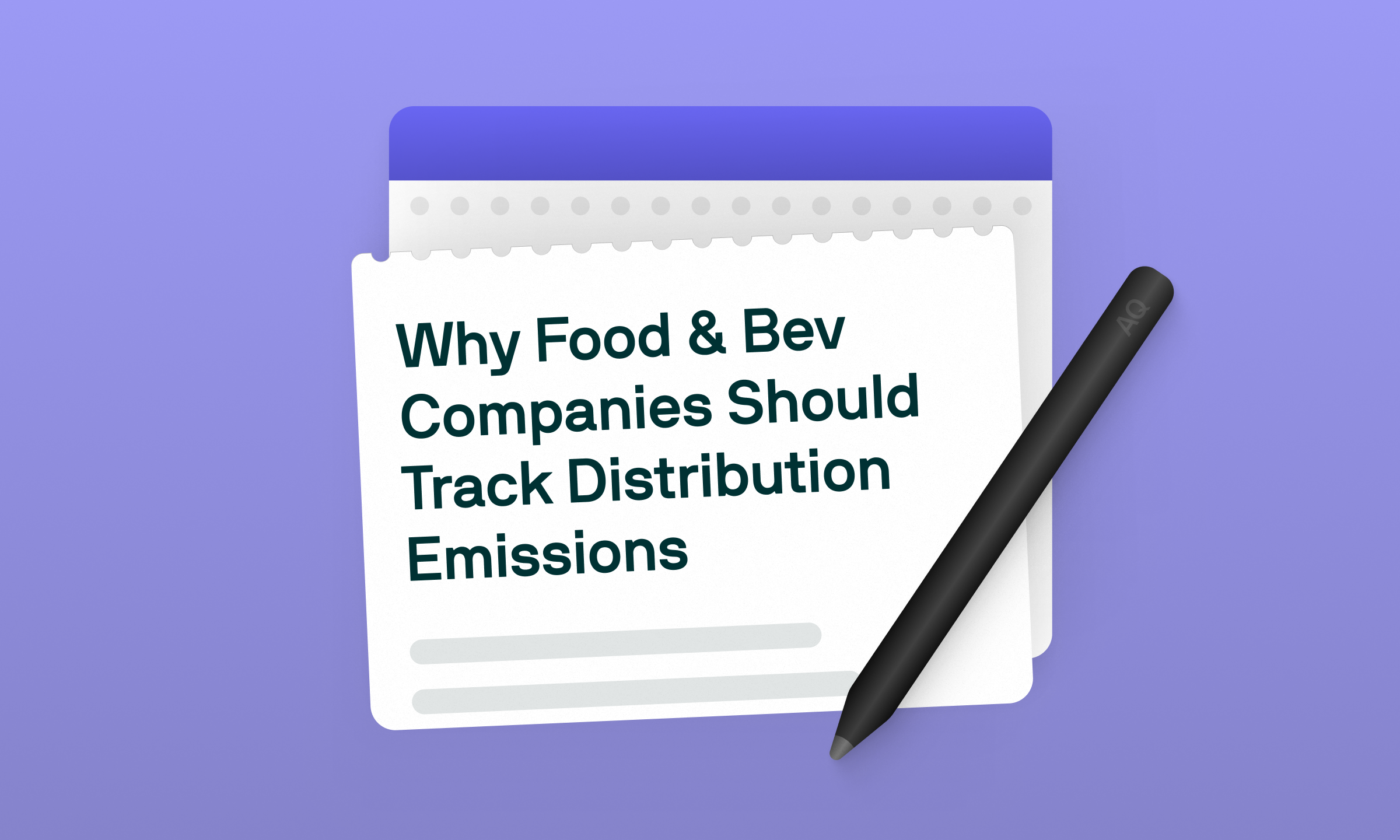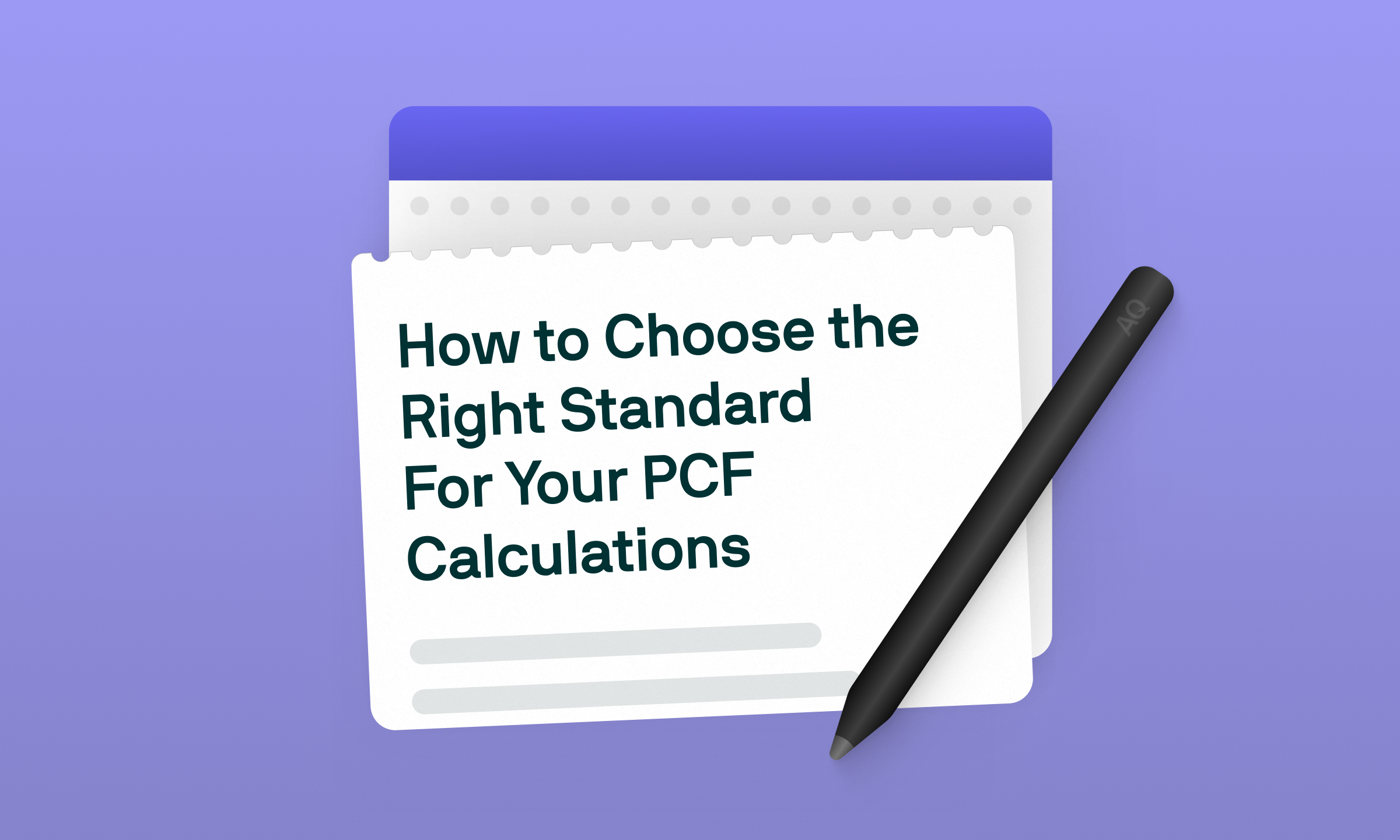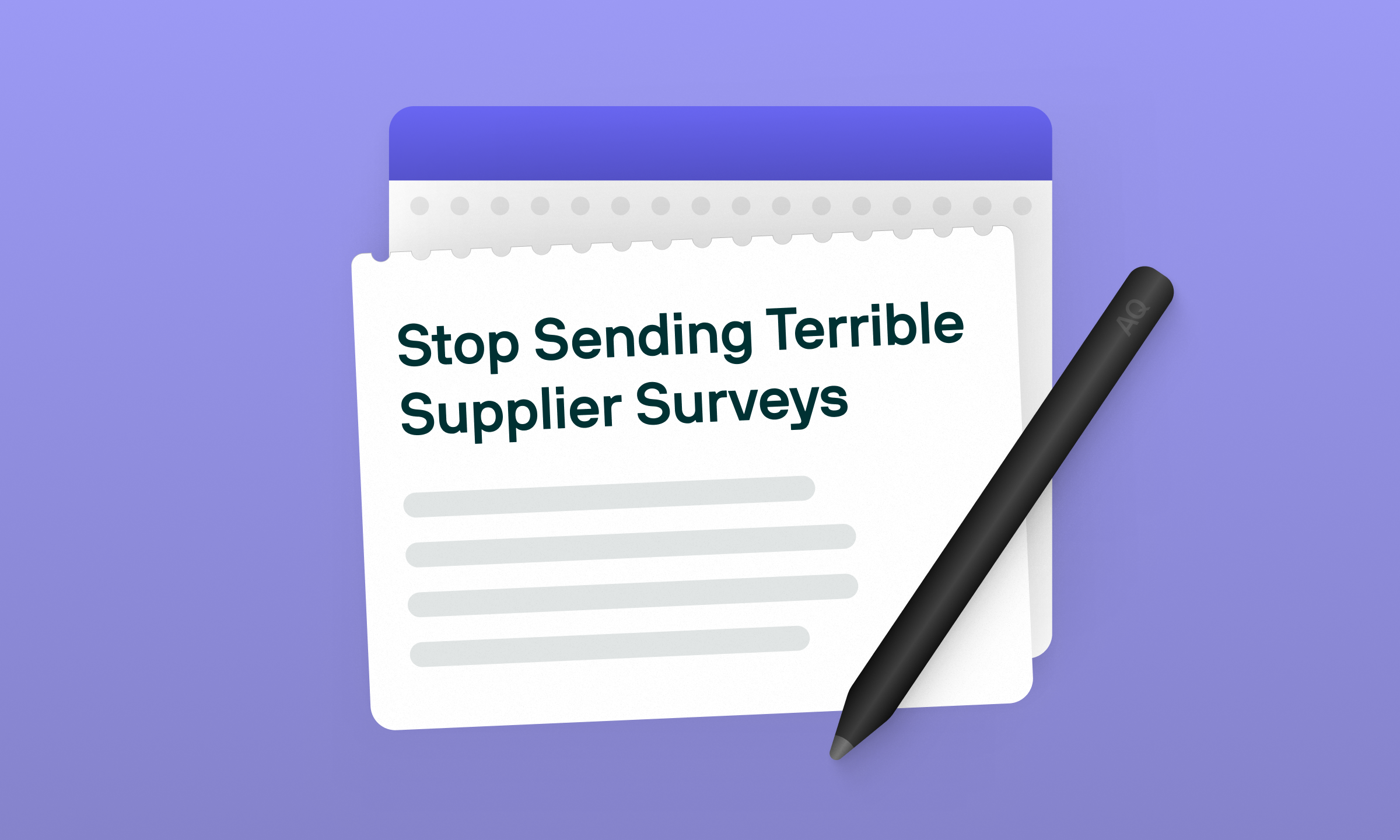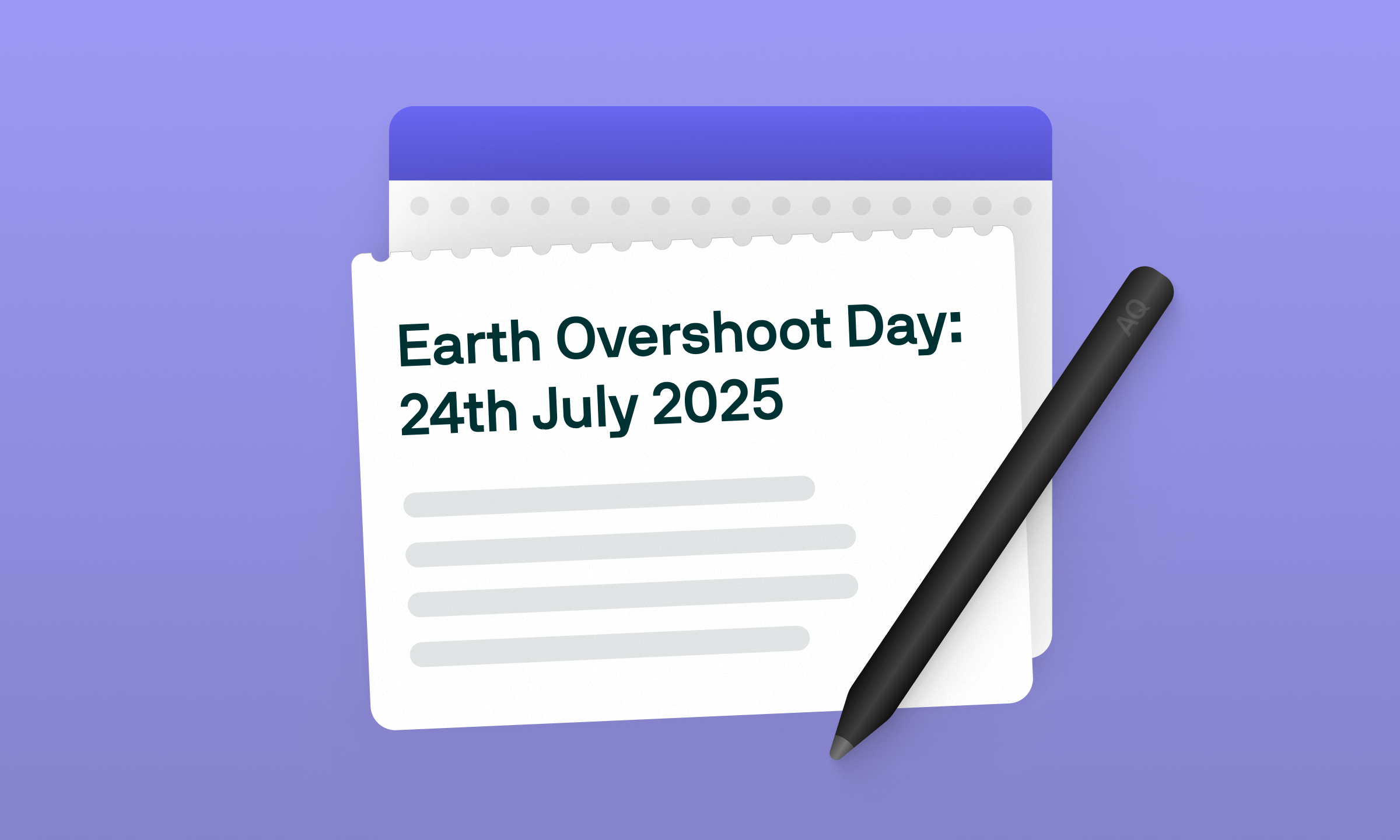The Latest on B Corp: 2025 Update

What you'll learn



This Year We Celebrate “Gen B”

“Gen B” isn’t defined by age but ambition—and this year’s B Cop Month puts them in the spotlight. “Gen B” is the generation of thought leaders who are actively reshaping business to drive positive change.
The B-Corp philosophy aims to create real impact while maintaining business growth. And the numbers support that B-Corp is genuinely creating positive change - when European B Corps renewed their certification, 77% actually increased their impact scores.
We're proud members of the B Corp movement, this March we’re celebrating “Gen B” and this new generation of businesses.
In this article, we'll walk you through the essentials of the B Corp Certification as well as the key updates for 2025. Whether you're preparing for recertification or considering your first assessment, this article will help you navigate the new standards and requirements.
What is the B Corp Certification?
Founded in 2006 by non-profit organisation B Lab, the B Corp Certification recognises businesses that meet high standards of social and environmental performance, transparency, and accountability. Today, more than 9,500 companies globally are certified B Corp, covering more than 150 different industries.
Different Certification Approaches
The majority of certified companies follow the Standard Approach, tailored to organisations with an annual revenue under €100M.
For companies with revenue between €1B-€5B and those exceeding €5B, B Lab crafted dedicated certifications tracks. However, they are temporarily on hold pending B Lab's 2025 certification standard update.
To B or Not to B? The Benefits of Becoming a B Corp
- Competitive Advantage: The B Corp certification places your business at a high sustainability maturity stage, setting you apart in procurement processes and RFPs.
- Consumer Trust: The certification process examines your impact across governance, workers, community, environment, and customers with a very thorough assessment that builds strong consumer trust. According to the 2024 B Lab global study, 1 in 4 consumers recognises the B Corp badge. Additionally, EcoFocus finds that amongst U.S. consumers aware of B Corp Certification, for 85% of them the certification is influencing their purchase decision.
- Talent attraction: Top talent—particularly millennials—increasingly choose employers based on purpose and values. B Corps demonstrate their commitment to employee wellbeing through transparent policies on pay equity, benefits, and workplace culture. This transparency drives accountability and helps you build a more engaged, innovative workforce.
The B Corp Certification Journey
Step 1: Measure Your Impact
The first step of the certification process requires you to understand where you stand via the B Impact Assessment (BIA). This is a free online tool based on approximately 200 questions through which B Lab analyses your company’s social and environmental impact across five impact areas:
- Governance
- Workers
- Community
- Environment
- Customers

Step 2: Improve Your Score
While 80 points is the minimum threshold for certification, we recommend using the B Impact Assessment strategically before submission. First, identify your baseline score, then implement targeted improvements to strengthen your application.
This assessment phase presents a great opportunity to build internal engagement. Use it to educate your team about what B Corp certification means, gather improvement ideas from across departments, and create champions who will drive ongoing progress, because remember: Certification isn't the finish line—it's the starting point for continuous improvement.
Step 3: Meet the Legal Requirement
As part of the certification process, companies are required to adapt their constitutional documents committing to use business as a force for good, by:
- Creating positive impact on society and the environment through their operations.
- Considering all “stakeholder interests” in decision-making, not just shareholders.
Step 4: Submit and Review
Once your assessment is complete and you're confident in your score, submit your B Impact Assessment to enter the official review process. This comprises two key phases:
Evaluation Phase
B Lab will verify your company's eligibility, review your preliminary score, and determine the most appropriate certification pathway based on your business characteristics. This establishes the framework for your verification.
Verification Phase
Following evaluation, you'll enter the verification queue and be prompted to upload evidence documents to your Verification Report. A B Lab analyst will thoroughly review your assessment, verify your documentation, and schedule a review call to discuss your submission and make any necessary adjustments. This phase typically takes 6-8 months, so plan accordingly.
Step 5: Certification
Congratulations! After successfully completing verification, achieving a verified score of 80+ points, and paying the annual certification fee, you'll officially join the B Corp community. You'll receive your certification documentation and can begin using the B Corp logo across your communications.
Pricing: The certification fee is based on a company’s annual revenue—to find out what that would mean for your business, take a look here.
Recertification: Remember that recertification occurs every three years, and as of July 1, 2024, all recertifying B Corps must submit their updated B Impact Assessment six months prior to their recertification date. Based on our experience, we recommend building continuous improvement into your processes rather than waiting until the recertification deadline approaches.
The 2025 Standard Update
This year, B Lab will release a significant update to the B Corp Certification standard, representing the most substantial change since its inception. The new framework introduces:
- Baseline Foundation Requirements: These determine a company's eligibility and establish the scope for B Corp Certification, ensuring all certified companies meet fundamental expectations.
- Impact Topic Requirements: Companies will now be measured across seven key impact areas with specific criteria tailored to size, sector, and location.
This update marks a fundamental shift away from 80 points threshold. Instead, the new standard requires companies to meet explicit criteria across all impact topics. This change ensures a more consistent, thorough assessment of sustainability performance and prevents companies from excelling in one area while neglecting others.
You can read more about the updated requirements for B Corp Certification here.

Our B Corp Journey
When we decided to pursue the B Corp Certification, we saw it as a chance to examine our practices and improve our operations as a young, growing company. The improvement areas highlighted by the B Impact Assessment laid the foundation of our operational roadmap.
The process demanded rigorous documentation across all aspects of our business—from governance structures to employee engagement policies. Rather than aiming for the minimum 80-point threshold, we set our sights higher and achieved 103 points.
.png)
Our Key Learnings
If you're considering B Corp certification, here are some practical tips from our experience:
- Aim higher than the threshold: Rather than asking "what's the minimum we need to do?", ask "how many of these improvements can we reasonably implement?"
- Create a systematic filing system: Organise your evidence following the B Impact Assessment structure to make future updates and recertification easier.
- Schedule interim check-ins: Don't wait for the three-year recertification window—conduct 18-month internal assessments to track progress and address any gaps.
- Build a continuous evidence base: Proactively collect documentation as you implement new policies and practices rather than scrambling to find historical evidence later.
- Use it as a compass: The assessment is a valuable guide for maturing your business practices and ensuring operational excellence across departments that might otherwise be overlooked.


.svg.webp)






.png)



